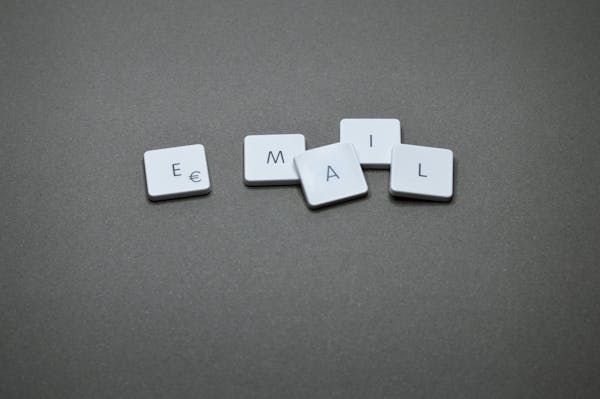The opening line of your email can set the tone for your entire communication, influencing how your message is received. Understanding how to craft a professional and engaging introduction is essential for making a positive impression. This guide offers you practical tips and effective examples to elevate your email etiquette, ensuring you start every correspondence with clarity and professionalism that resonates with your recipient.
Importance of Email Openings in Professional Communication
Understanding how to start an email professionally is crucial for ensuring effective professional communication. The opening of an email plays a pivotal role in setting the overall tone and can significantly influence the recipient’s response. A thoughtfully crafted greeting not only demonstrates respect but also establishes the sender’s credibility. Common pitfalls in email openings include addressing recipients incorrectly or using inappropriate tones, which can result in a negative perception of professionalism.
The relationship between email greetings and the recipient’s response is tightly intertwined. Using formal or semi-formal salutations like “Dear Name” can convey professionalism and maintain a respectful tone. On the other hand, impersonal or overly casual greetings could misalign with the recipient’s expectations and hinder communication.
Avoiding common mistakes, such as typos and unnecessary formality, is essential to maintain professionalism. Tools like language checkers can help ensure that emails remain error-free. The choice of greeting should always reflect a clear understanding of the audience, adapting the tone and language appropriately to foster engagement and clarity in professional interactions.
Crafting the Perfect Greeting for Professional Emails
Types of Professional Greetings
Professional email greetings set the tone for the email interaction. “Dear Name,” remains a classic choice, suitable for both formal and semi-formal contexts. Using “Hello Name,” offers a more relaxed but respectful touch, making it versatile. In group settings, a collective approach like “Hi team,” acknowledges multiple recipients without sacrificing professionalism. However, be wary of overusing expressions like “Greetings,” which can seem impersonal.
Personalized vs. Generic Openings
Personalization in email openings can significantly enhance engagement and rapport. Addressing the recipient by their correct name, as in “Hello Alex,” fosters a connection and avoids common email mistakes. Conversely, generic approaches such as “To Whom It May Concern,” although sometimes necessary, often lack warmth and can lead to disengagement. Tailoring the greeting to the relationship and context is optimal.
Importance of Proper Name Spelling
Getting the recipient’s name right is a cornerstone of effective communication and punctual email etiquette. Errors in spelling can undermine credibility and professionalism, reflecting a lack of attention to detail. Understanding your audience by keeping names accurate demonstrates respect and care, helping establish and maintain positive professional connections in emails.
Effective Strategies for Email Introductions
Structuring the Body of Your Email
An effectively structured email body is crucial for clear communication. Beginning with a courteous remark like, “I hope you’re having a productive day,” can soften the introduction while remaining professional. It’s also beneficial to proceed with a concise statement outlining your purpose, such as, “I am reaching out to discuss…” or “Here’s the latest on…”
Common Opening Lines and Their Use Cases
Using effective email opening lines contributes significantly to a recipient’s initial impression of your message. Professional emails frequently start with greetings such as “Dear Name,” “Hello Name,” or “Hi team,” based on the relationship or context. Openings like “My name is Name, and I am a Position at Company” introduce yourself succinctly, shaping the email’s tone.
Encouraging Engagement and Setting the Tone
To maintain engagement, it’s pivotal to personalize the communication. Addressing recipients directly, like “Dear Dr. Johnson,” and including a relevant subject line, keeps the conversation targeted. Avoiding casual language and ensuring spelling accuracy further reinforce your email’s professionalism. Initiating with statements like “Would you be available for a meeting?” can effectively establish a positive tone.








